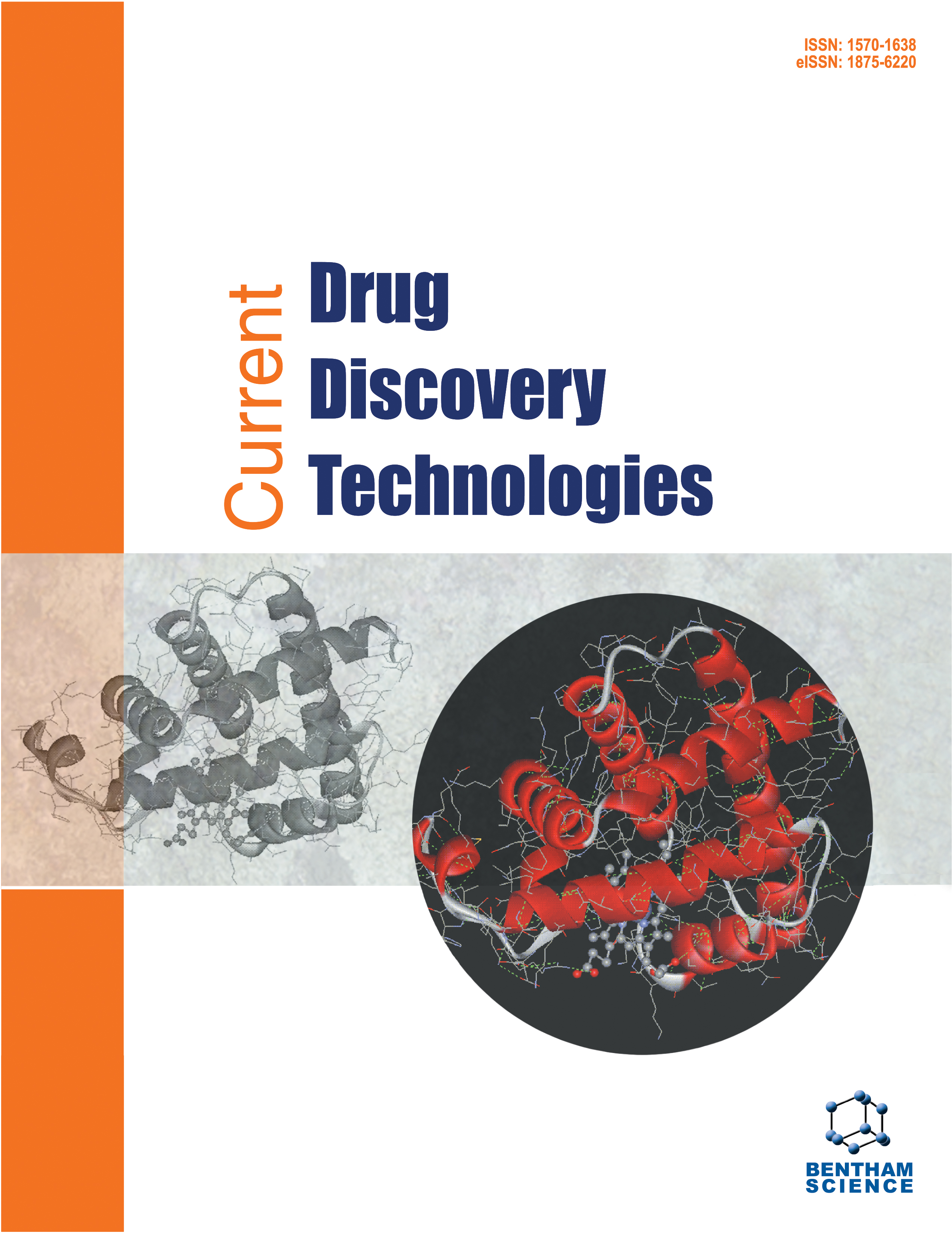-
s Hypoxic Gas Therapy in Neonatology: Considerations in Practice
- Source: Current Drug Discovery Technologies, Volume 19, Issue 5, Sep 2022, p. 65 - 69
-
- 01 Sep 2022
Abstract
Background: Adequate oxygenation is essential for sick newborns. Each disease determines the target of oxygenation. Nevertheless, hyperoxia and hypoxia are related to adverse outcomes. Most studies related to this aspect have been conducted in preterm infants or term babies with pulmonary pathology. Introduction: Congenital heart diseases may also require careful oxygenation control and management of oxygen supply. Methods: Presurgical stabilization of complex heart diseases (CHD) may be difficult, especially after the physiological decrease of pulmonary resistance, which generates pulmonary edema (due to overcirculation) and systemic hypoperfusion. Several strategies have been described to avoid this phenomenon, such as prostaglandin, vasodilators, inotropes, positive airway pressure, and even hypoxic mixture (inspired fraction of oxygen (FiO2) below 21%). Discussion: The latter therapy is mainly used in single ventricular physiology heart diseases, such as the hypoplasic left heart syndrome (HLHS) or systemic ductus-dependent flow CHD (interruption of the aortic arch and coarctation of the aorta). Alveolar oxygen affects pulmonary vascular resistance modifying lung flow. This modification could help the stabilization during the presurgical period of complex CDH. Many centers use hypoxic therapy to avoid hypotension, metabolic acidosis, coronarycerebral ischemia, and liver, renal and intestinal injury. Despite the theoretical benefits, there are doubts about how tissue oxygen supply would change during hypoxic gas ventilation. It is worrisome that FiO2 < 21% causes a decrease in brain oxygenation, adding neurological injury as a complication to the already established disease of CHD and other not modifiable factors. Brain monitoring through near-infrared spectroscopy (NIRS) during hypoxic gas therapy is mandatory. Recent studies have shown that hypoxic gas ventilation therapy in patients with HLHS in the preoperative period decreases the ratio between systemic and pulmonary circulation (Qp/Qs) but does not improve regional oxygenation delivery. The use of hypoxic gas ventilation therapy continues to be controversial. It could be an option in some complex CHD, mainly HLHS.


